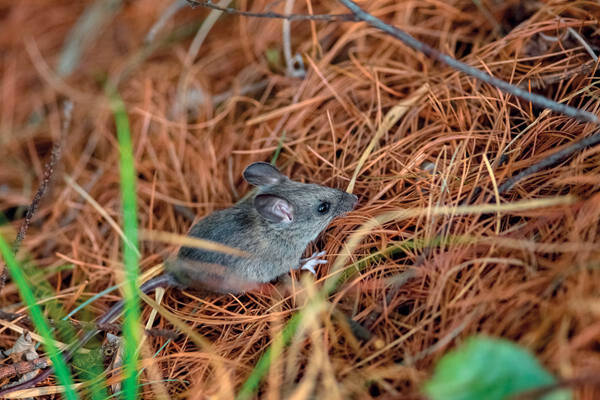
Apodemus latronum
Apodemus latronum
The big-eared field mouse belongs to the subfamily Murinae. This species is ···
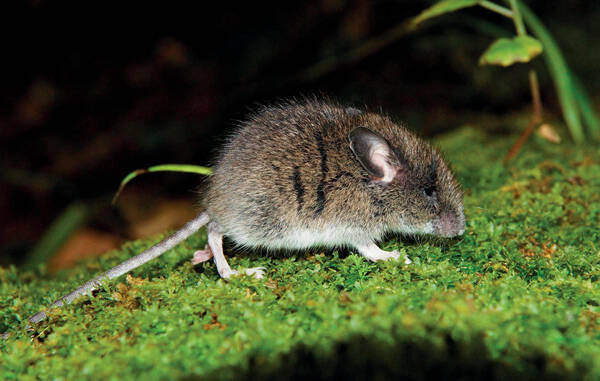
Apodemus ilex
Apodemus ilex
The Lancangjiang Apodemus belongs to the Murinae subfamily. The taxonomic st···
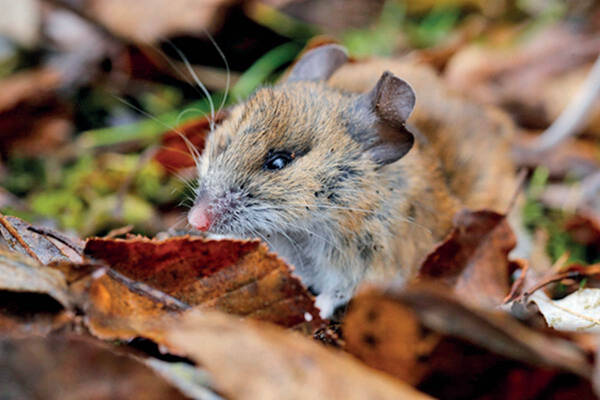
Apodemus draco
Apodemus draco,Apodemus draco draco,Apodemus draco orestes,Apodemus draco semotus,Forest mouse, mountain mouse, dragon mouse
Apodemus chinensis belongs to the Murinae subfamily. Also known as Apodemus ···
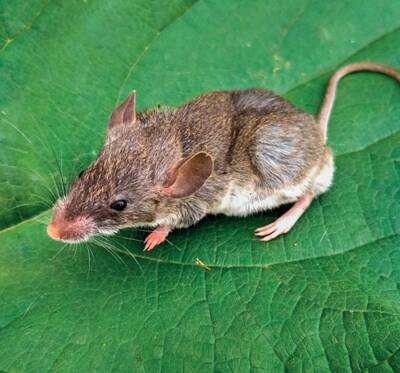
Apodemus chevrieri
Apodemus chevrieri
The Alpine Apodemus belongs to the Murinae subfamily. The taxonomic status o···
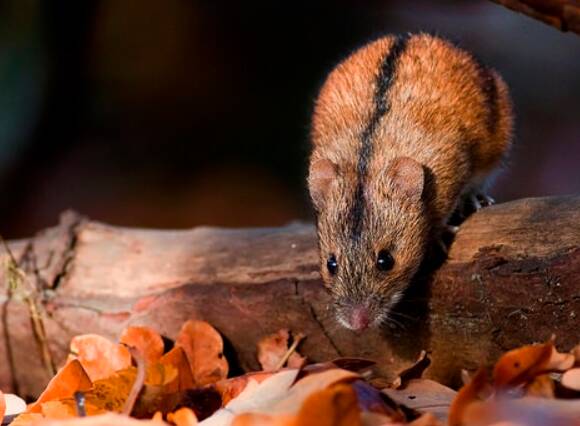
Apodemus agrarius
Apodemus agrarius,Field mouse, black-lined mouse, long-tailed black-lined mouse
The black-striped field mouse is a small rodent with a slender and agile bod···
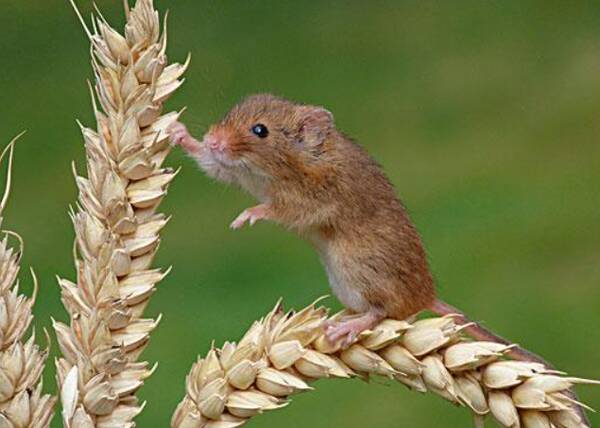
Micromys minutus
Micromys minutus,Oat rats, garden rats, dwarf rats, etc.
The nest mouse belongs to the Murinae subfamily. There are only two species ···
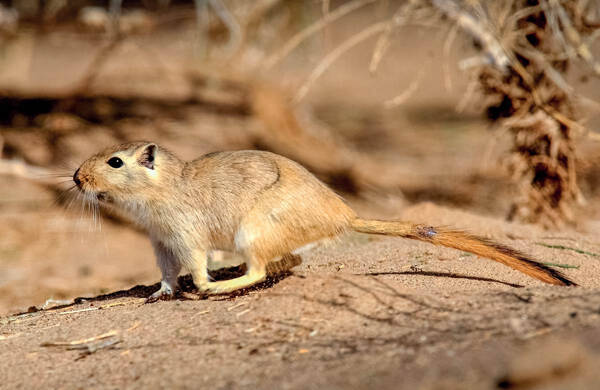
Rhombomys opimus
Rhombomys opimus,Great Gerbil,Yellow rat, Greater sand rat
Gerbils live in colonies, often active during the day, and do not hibernate.···
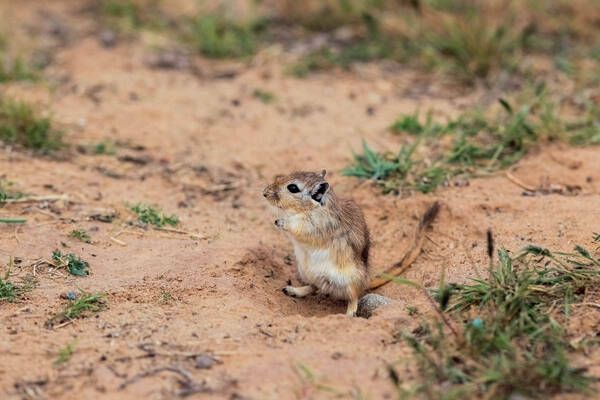
Meriones unguiculatus
Meriones unguiculatus,Meriones unguiculatus unguiculatus,Long-clawed gerbil, Mongolian gerbil, black-clawed Mongolian gerbil, yellow rat, sand rat
The long-clawed gerbil is a small grassland animal, between the size of a la···
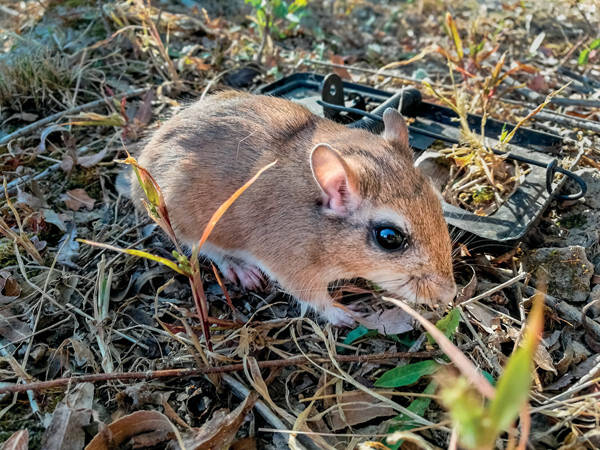
Meriones tamariscinus
Meriones tamariscinus,Tamarisk gerbil,Sand rat
Tamarix gerbils belong to the Gerbillinae subfamily. The species-level class···
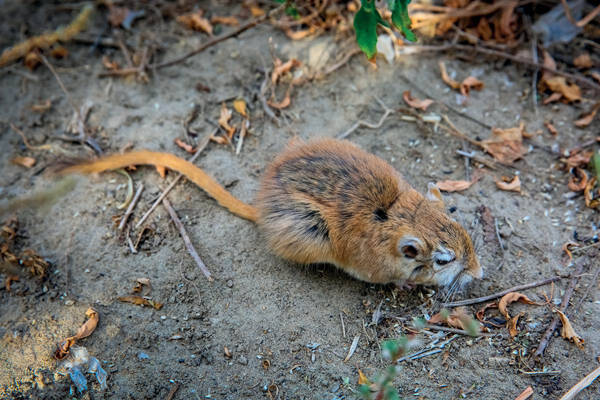
Meriones meridianus
Meriones meridianus,Yellow rat, noon gerbil, midday gerbil
Merionis meridianus is a gerbil unique to my country, belonging to the Gerbi···
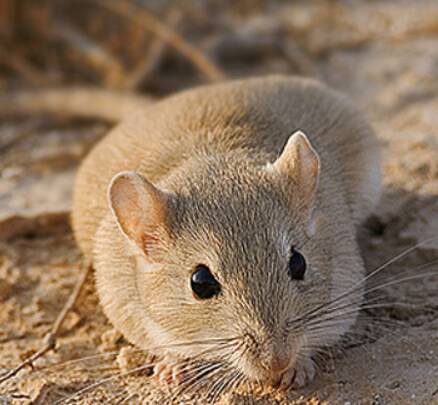
Meriones erythrourus
Meriones erythrourus,,Meriones libycus,Red-tailed gerbil
Red-tailed gerbils belong to the Gerbillinae subfamily. The species-level cl···
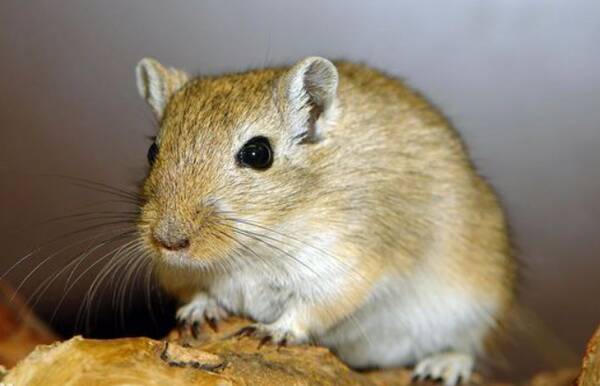
Brachiones przewalskii
Brachiones przewalskii,Short—eared gerbil,Short-eared mouse
Short-eared gerbils belong to the Gerbillinae subfamily. This genus has only···
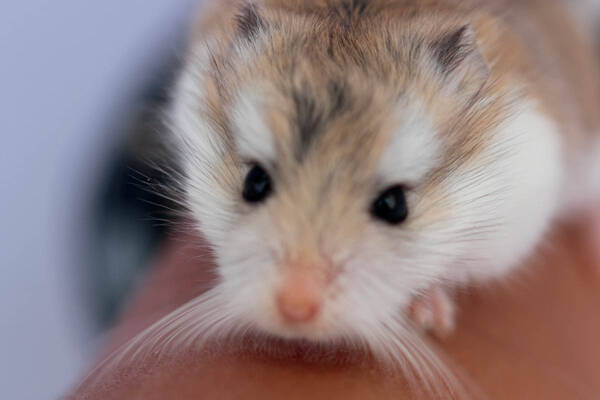
Phodopus roborovskii
Phodopus roborovskii,Roborovsky hamster, desert hairy rat, bean rat, and mother-in-law rat
Phodopus roborovskii is a species of the genus Phodopus in the subfamily Cri···
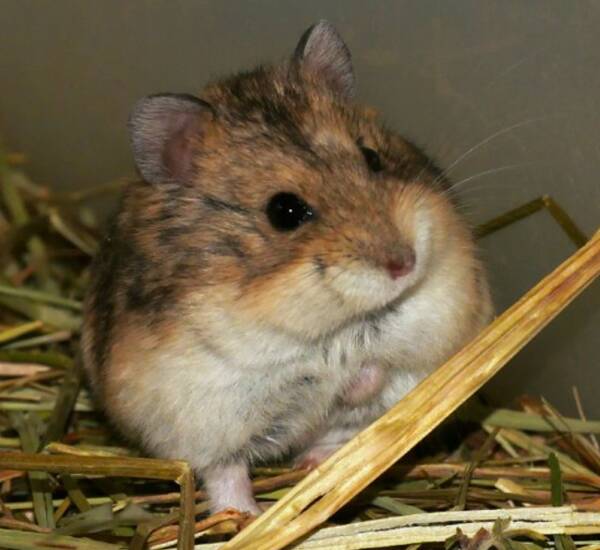
Phodopus campbelli
Phodopus campbelli,Campbell's desert hamster,Campbell hamster, first-line hamster
Campbell's hairy-footed mouse belongs to the subfamily Cricetinae. Hairy···
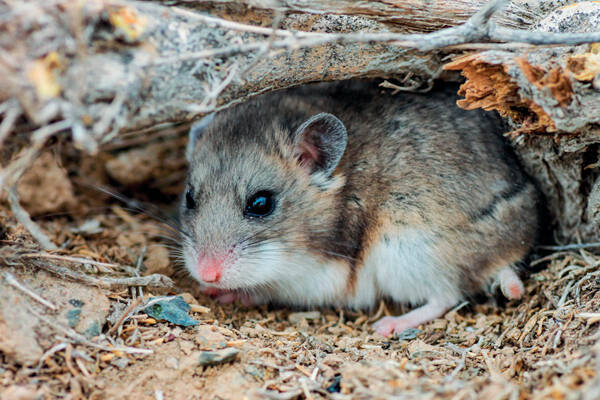
Cricetulus migratorius
Cricetulus migratorius,Grey hamster,Hamster, moving
The gray hamster belongs to the subfamily Cricetinae. The taxonomic status o···
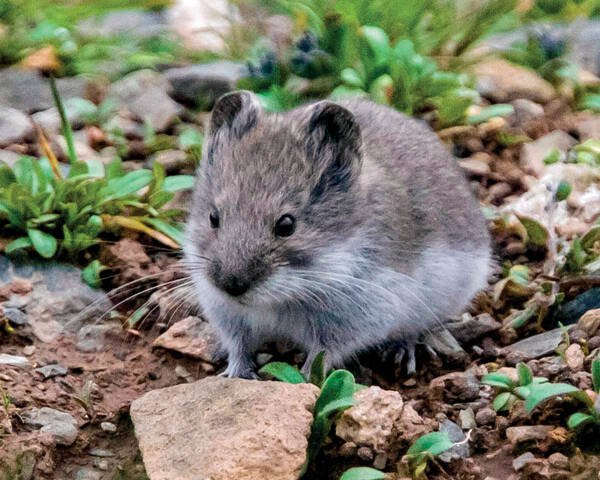
Cricetulus kamensis
Cricetulus kamensis,Tibetan hamster,Kangzang hamster, Tibetan hamster, short-tailed Tibetan hamster, Ladakh hamster
Kangzang hamster belongs to the subfamily Cricetinae. Its former Chinese nam···
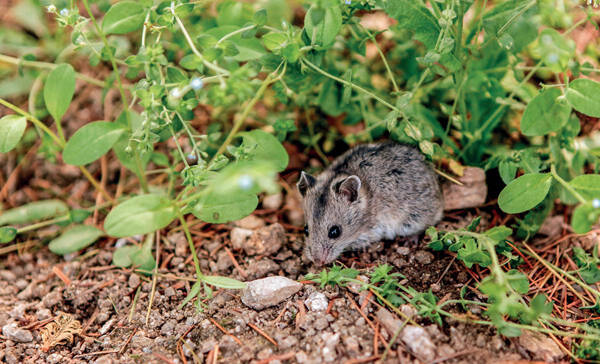
Cricetulus barabensis
Cricetulus barabensis,Spotted hamster, patterned hamster, moving hamster, cheeked hamster, Chinese hamster
The black-lined hamster belongs to the subfamily Cricetinae. The taxonomic s···
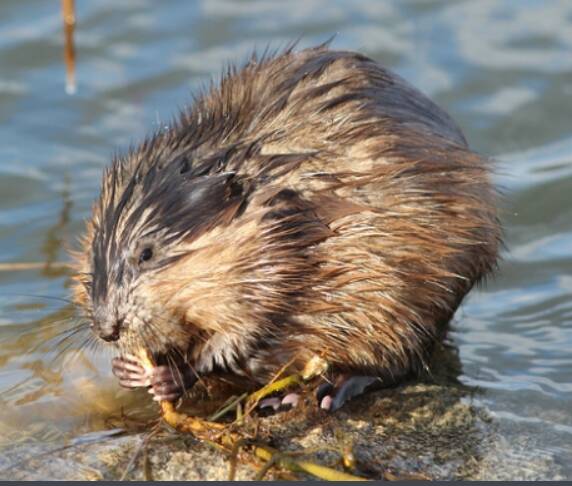
Ondatra zibethicus
Ondatra zibethicus,Muskrat, Ondatra,Castor zibethicus Linnaeus,Blue-rooted marten, muskrat, water rat, water rat
Muskrat is commonly known as blue-rooted marten or muskrat. It is named beca···
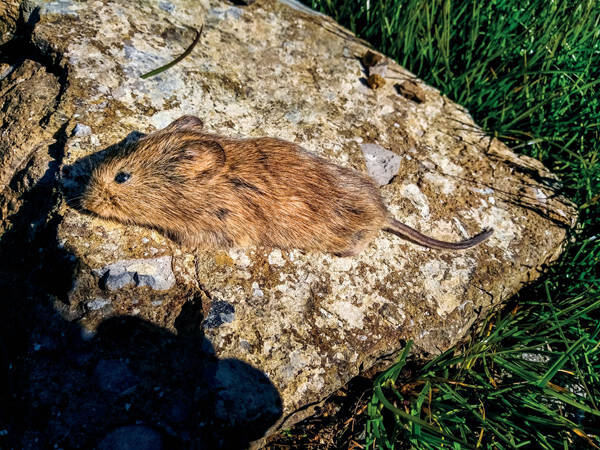
Proedromys liangshanensis
Proedromys liangshanensis,Neodon nyalamensis,Vole, Microtus gross
Liangshan Grooved Vole belongs to the subfamily Arvicoliniae. It is a new sp···
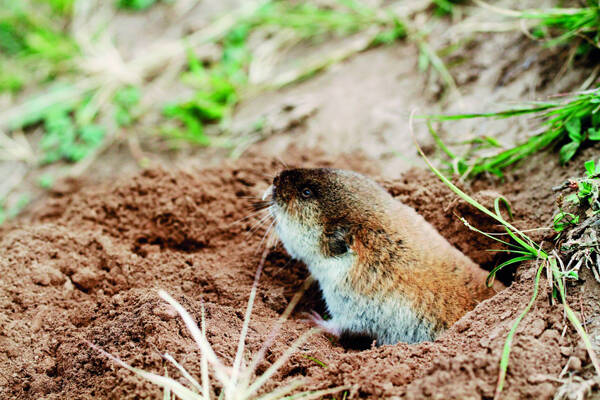
Ellobius talpinus
Ellobius tancrei,Ellobius talpinus,Flip rat, ground rat, blind rat, arch rat
Mole voles belong to the subfamily Arvicolinae. There are 5 species in the w···
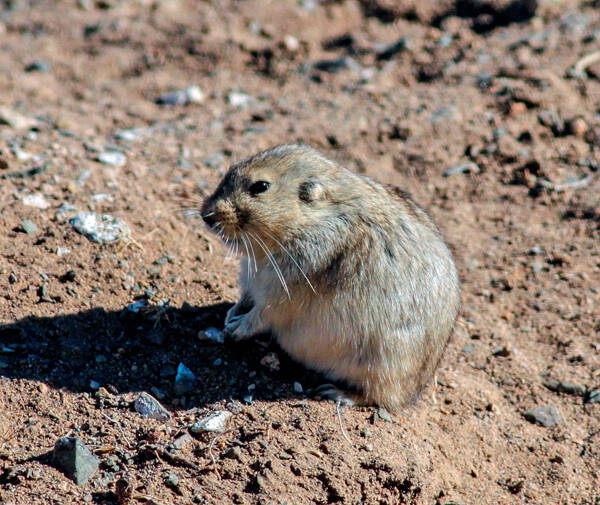
Eolagurus luteus
Eolagurus luteus,Lagurus luteus,Yellow Steppe Lemming,Yellow prairie lemming,
The yellow rabbit-tailed rat is a typical semi-desert steppe species and is ···
